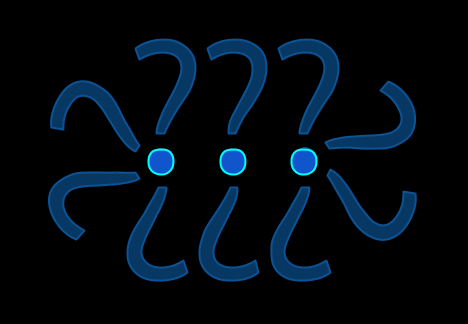In France, it is common to refer to “kilometres per hour” as “kilomètre-heures”. This fills me with a deep sense of mathematical unease.
So I started thinking about what a “kilometre hour” actually is. And also about turtles.

In France, it is common to refer to “kilometres per hour” as “kilomètre-heures”. This fills me with a deep sense of mathematical unease.
So I started thinking about what a “kilometre hour” actually is. And also about turtles.
Here is a nice problem tweeted by the Republic of Mathematics:
Average of 3 consecutive cubes, n^3, (n+1)^3, (n+2)^3 is an integer. Same true if 3 replaced by odd integer?
— Republic of Math (@republicofmath) August 4, 2015
Free of the constraints of Twitter’s 140 character limit, let’s explain this problem in a little more detail. Continue reading
The solution to Puzzle #4 is now up. Either follow the links from the puzzle itself HERE, or, if you have seen the question already, click HERE to go straight to the solution.
As I mentioned previously, I think this is a good puzzle for mathematics learners at GCSE level or for those setting out on A-level courses, both for checking up on basic algebraic understanding and for illustrating some specific problem-solving skills. I have summarised the key learning points that I think the puzzle raises on the solution page.

I have put a new puzzle up. Nothing too tough this time. A classic algebra puzzle, which I have found to be pretty good as a test of how well GCSE/A-level students understand some basic points of algebra, while illustrating some important problem solving skills.
#4: Hidden depths…
A classic algebra puzzle.
Published: 02/06/2015
Difficulty: *
Maths knowledge required: GCSE algebra [i.e. 14-16 year olds]. Although KS3 would do…
Click HERE to access the puzzle.
The solution will go up in a day or two.